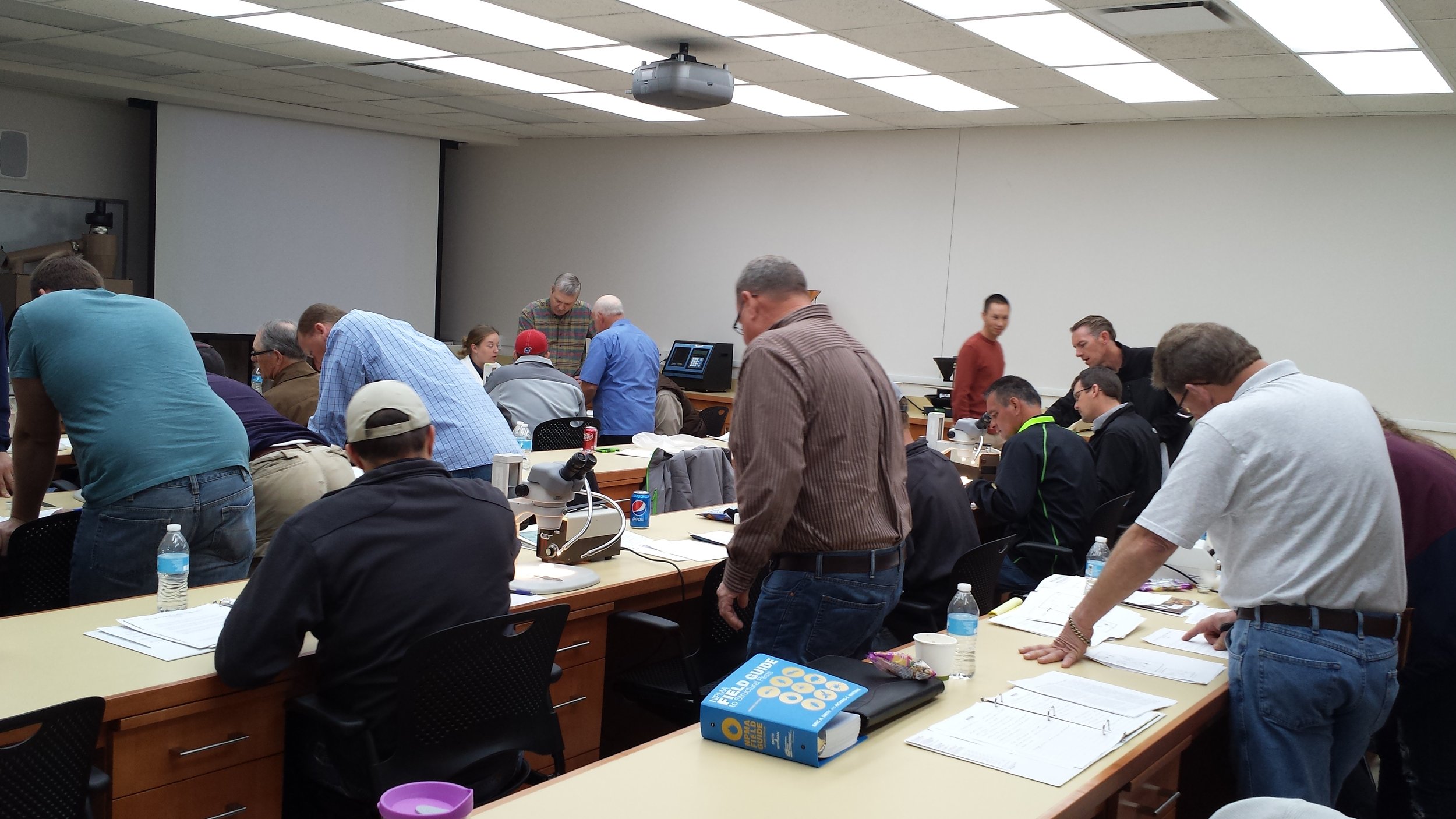The Ultimate Guide To Pestwise
The Ultimate Guide To Pestwise
Blog Article
Some Ideas on Pestwise You Should Know
Table of ContentsThe Of PestwisePestwise Can Be Fun For Anyone8 Simple Techniques For PestwiseFacts About Pestwise UncoveredPestwise Can Be Fun For EveryoneThe 8-Minute Rule for PestwisePestwise Can Be Fun For Everyone

Q. Specify "integrated insect monitoring" (IPM) and list a number of possible control techniques that may be utilized in an IPM method. A. Integrated parasite management is the integrating of ideal pest control techniques into a solitary plan to decrease parasites and their damages to an appropriate level. Pest control tactics may consist of: host resistance, biological control, social control, mechanical control, hygiene, and chemical (chemical) control.
The Buzz on Pestwise
What can you do to keep the parasites you are trying to control from ending up being resistant to the pesticides you utilize? A. Parasite resistance can be reduced by utilizing integrated parasite monitoring and turning the kinds of pesticides used.
Insects are an essential threat to the farming business, and incorporated parasite management aids cultivators address and mitigate these threats. Integrated bug management uses numerous techniques in facility, thus being an extra effective option to the concern. Bed Bug Treatment. In specific, eliminating aggressive chemical methods permits reducing damage to individuals and the environment by making use of all-natural and safer options instead
Getting The Pestwise To Work
The objective of integrated pest administration is to minimize this injury and control appropriate problem levels as opposed to remove all undesired populaces. This is why it is essential to recognize what steps are justified in each situation and use aggressive ones just when other integrated monitoring strategies do not work. Integrated management minimizes the adverse consequences of a non-IPM method, and the major advantages of IPM Conveniences of IPM.
A proper understanding of the infestation range identifies if the issue ought to be resolved. are the next parts of an IPM program because it is crucial to recognize if the microorganisms make potential dangers and select the integrated monitoring alternatives or the particular chemical go now usage. plan to decrease problems by applying different agronomic techniques.
Some Known Facts About Pestwise.
if avoidance was ineffective. Integrated monitoring options in an IPM program begin with safer to much more hostile ones. For instance, target or program chemical splashing may adhere to hand-operated elimination or capturing that hasn't assisted. The above-mentioned incorporated administration elements assist recognize exactly how to plan and execute an IPM program detailed: Screen your plants on a regular basis.

Amongst others, IPM social approaches consist of the adhering to area administration techniques: soil treatment; choice of ideal plants; plant rotation; interplanting or strip cropping; selection of growing days; weed control; usage of catch plants. Favorable dirt problems speed up plant development, and energetic plants are a lot more immune to problems. Healthy seed startings and seeds predetermine successful crop growth, so it is essential to choose pest-free growing product with strong origins.
Thus, to name a few applications, plant rotation can be efficiently made use of as an integrated pest monitoring technique. Pests spread slower if rows of various plant kinds separate their host plants in intercropping or strip cropping, which is likewise utilized in the integrated bug management system. Alternatively, problems increase when plants of the exact same crop type or household grow with each other.
, as well as tomatoes. Growing catch plants in spots is one more choice for IPM intercropping. This incorporated pest management approach suggests bring in bugs to certain plants and after that regulating them with chemical or mechanical techniques.
10 Simple Techniques For Pestwise
Obstacles are case in points of physical IPM approaches. Allow's take a closer take a look at them. Getting rid of or choosing bugs out manually is a time and labor-consuming option that is commonly applied in integrated administration and natural farming. Fully grown insects or their eggs and larvae are accumulated by hand and damaged.

Division of Plant Sciences. College of Missouri. Dirt solarization is a reliable incorporated monitoring strategy to sanitize the field by heating it in a natural way. This incorporated administration method indicates a typical means of ruining parasites by killers, parasitoids, microorganisms, and various other biological control agents (also known as hostile organisms). The duty of biological control in IPM is to.
Pestwise Things To Know Before You Get This
With time, their populace became an actual nuisance to farmers along with aboriginal kangaroos or dingoes. The walking stick toad is an additional case illustrating incorporated organic control failing in this respect when it refused to search the target varieties and ended up being an insect itself. Parasitoids develop on or within their hosts to eventually kill them after maturing.
Report this page